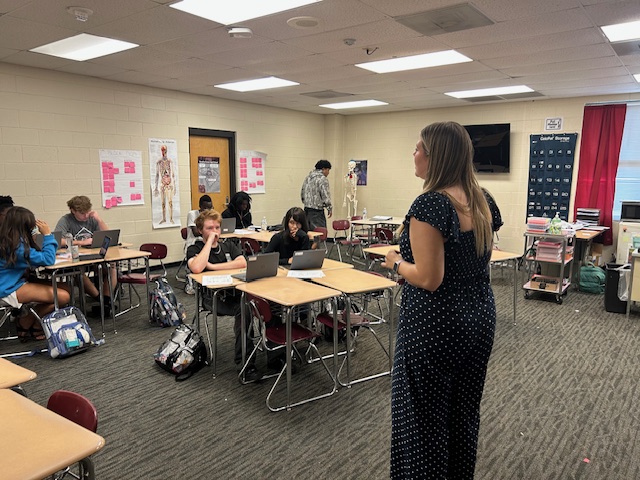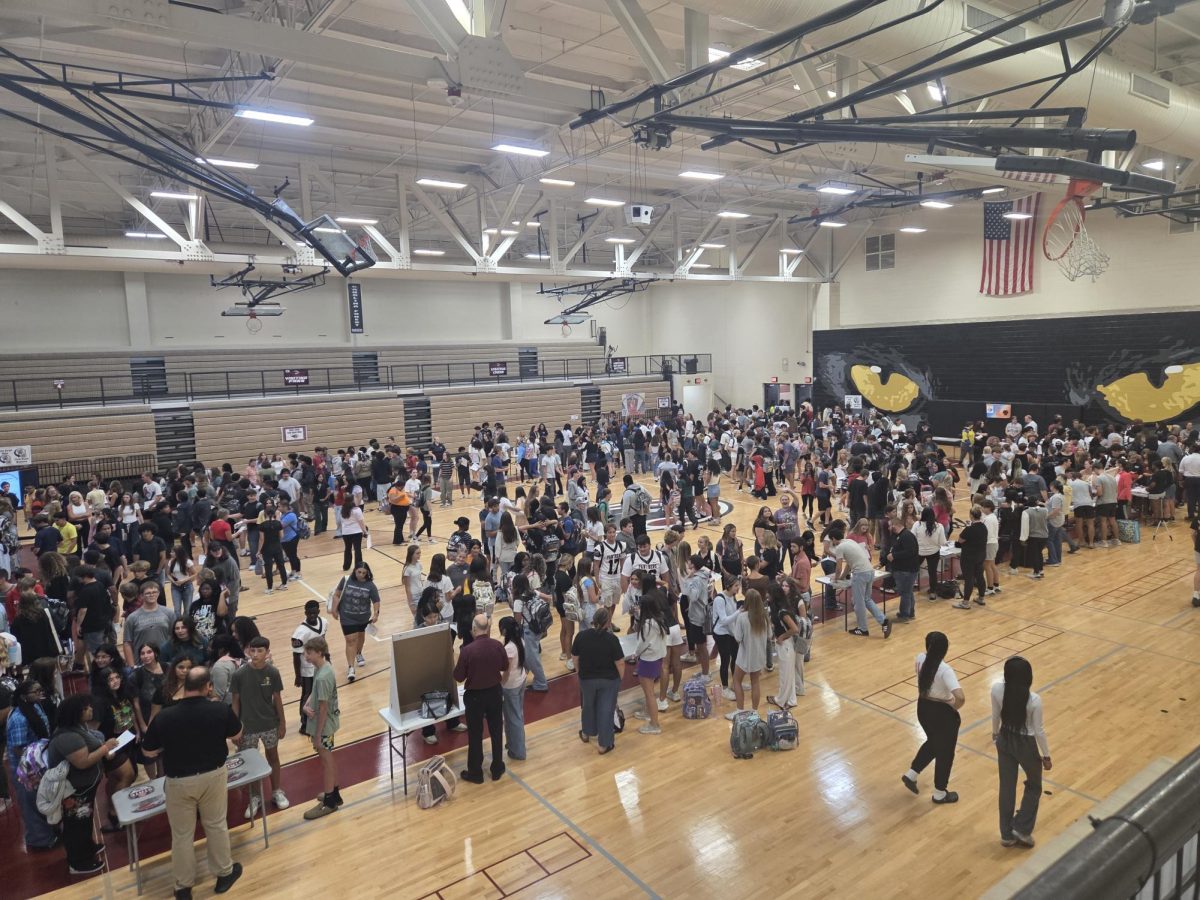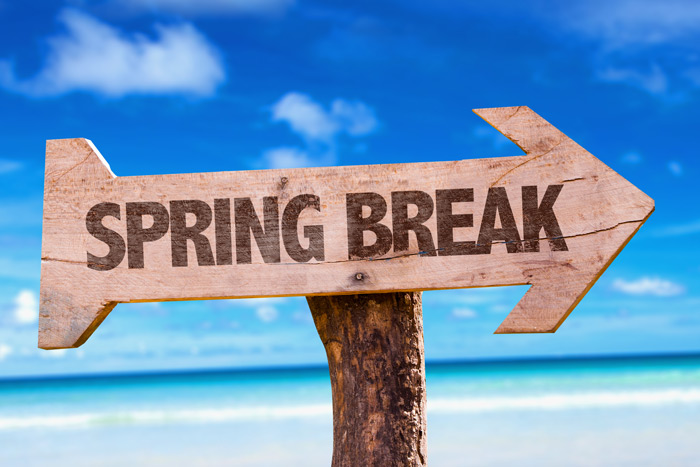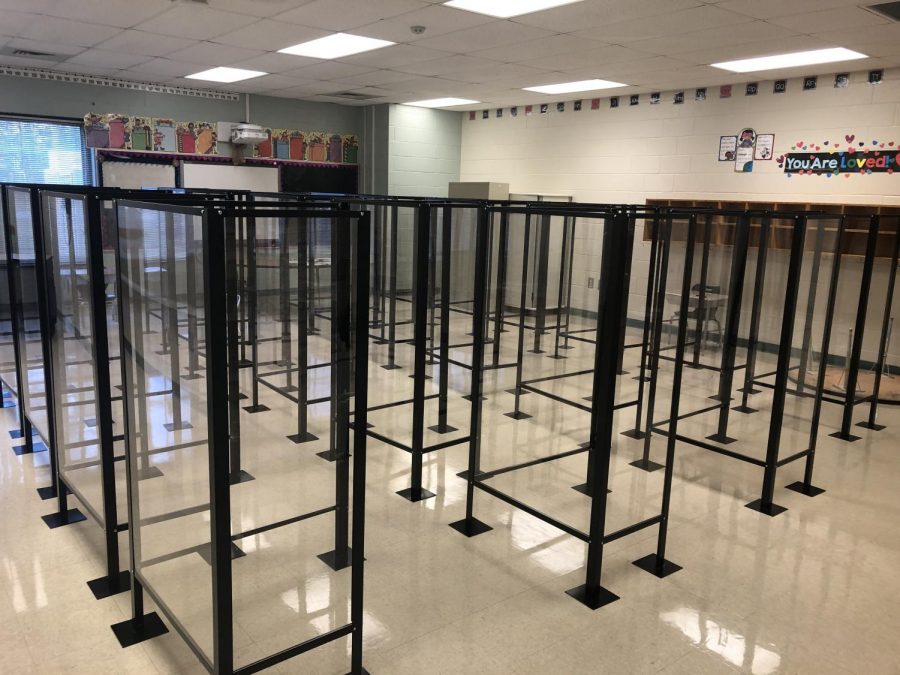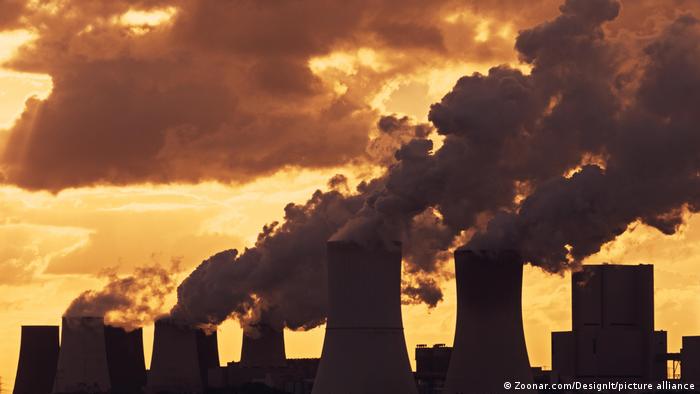Be the (Climate) Change
May 18, 2022
When was the last time you planted a tree or rode your bicycle to the store? For many the thought of our impact on the environment never resonates. Humans are solely responsible for the destruction of planet earth, contributing more to climate change every day.
NASA explains that climate change is often defined as “a long-term change in the average weather patterns that have come to define Earth’s local, regional and global climates.” Climate change has been linked to the burning of fossil fuels, deforestation, as well as consumerism, all of which are major factors in the deterioration of earth as a whole.
According to the University of California Berkeley, the earth has warmed substantially after the 1950s. This rise can be attributed to the substantial increase in the automobile industry.
The United States Environmental Protection Agency states that 29% of all greenhouse gas emissions are due to the automotive industry; this is because of the burning of fossil fuels like gasoline and diesel fuel. With the increase in building our forests are being cut down, taking away from the natural resources that can absorb the carbon dioxide.
AP Environmental teacher Delanie Lewis shares, “When we continue to clear natural land to accommodate the growing population (new neighborhoods, more roads, schools, etc.), we are taking away the vegetation that could absorb all that excess carbon dioxide. The other problem is that when that excess carbon dioxide dissolves in the ocean, it makes the ocean more acidic. Ocean acidification can be detrimental to photosynthetic algae. If all the algae in the ocean were gone, not only would oceanic food chains collapse, but we would also lose 70% of Earth’s oxygen supply!”
With the constant rise in temperature, weather events such as hurricanes and earthquakes increase in intensity causing more damage than ever before.
“Researchers suggest that the most damaging U.S. hurricanes are three times more frequent than 100 years ago,” comments the Environmental Defense Fund.
Despite the weather effects, climate change has a direct impact on things like increasing air conditioning prices and a growth in lyme disease according to the EPA. Due to the increase in temperature allows disease carrying insects like ticks to live longer, making people more susceptible. Climate change will also have a negative effect on agriculture leading to rising prices within grocery stores.
With all the negative effects of climate change many wonder how to fight back.
According to The University of California Davis, “Some simple things you can do about climate change are plant something, walk or bike somewhere you’d normally drive, and turn off household lights.”
Throughout the world there are expensive solutions to climate change like electric cars and wind turbines, but everyday people also have the ability to change the planet.
AP Environmental teacher Delanie Lewis adds,“One thing they could do to help out a whole lot would be to switch to a plant-based diet or even try to consume more poultry instead of beef. If they are eating beef, they should try to get it locally. This is a win-win because it helps local farmers rather than big companies and people can continue their regular diet. Buying things only when necessary is a great way to reduce your carbon footprint.”


